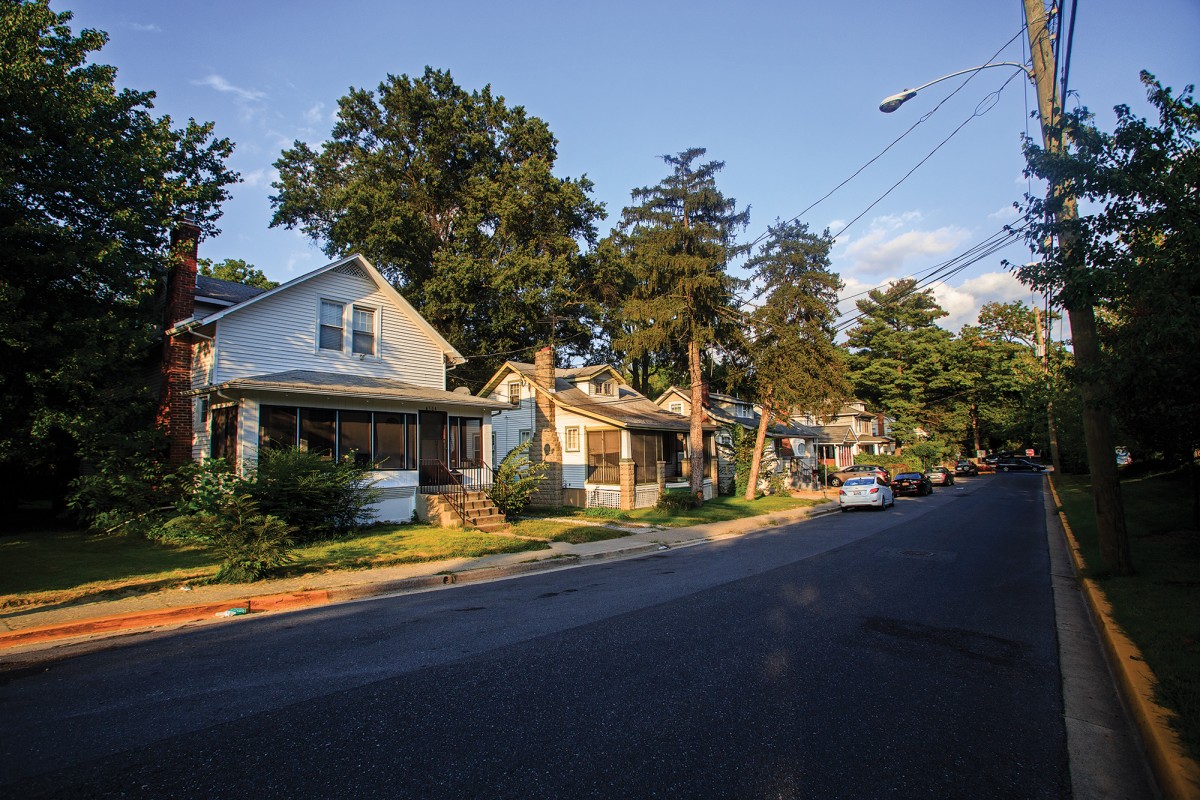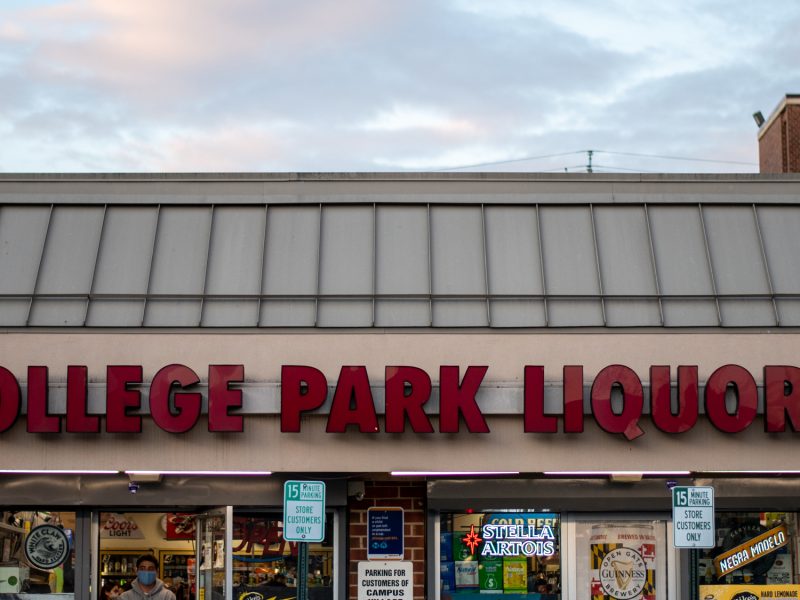College Park was rated as the worst small city in the state of Maryland in a recent study released Oct. 31. The city didn’t fare much better on a national level, receiving a rating of the 29th worst city overall.
WalletHub, the personal finance website that released the study, compared 1,268 cities around the country based on 30 metrics of livability, according to Jill Gonzales, a WalletHub analyst. The factors range from median household income to number of museums per capita. These factors were then split into five dimensions: affordability, economic health, education and health, quality of life and safety.
College Park earned a total score of 42.73 out of 100 with an affordability rank of 1,112, an economic health rank of 1,152, and an education and health rank of 873, all out of 1,268 . The quality of life score was the highest individual ranking given to the city, with a score of 536. This city did not receive a safety ranking, but was rated as the city with the fifth lowest mean weekly work hours. College Park Mayor Patrick Wojahn disagreed with the survey’s methodology.
“I don’t think it’s intentionally anti-student, but the survey doesn’t account for the factors that make this city a college town,” he said. “Students account for 70 percent of the city’s population, but most students don’t work full-time jobs, don’t make a high income and education level is going to be low — most undergrads don’t have college degrees.”
Instead of the survey, Wojahn said, residents and people who are thinking of moving to this city should focus on its new development projects. He cited the new hotel, the opening of the Milkboy+ArtHouse venue, the Purple Line, and this city’s plan to make the area more bike-friendly and pedestrian-friendly as key areas on how the city is evolving.
“None of the development is captured in this data,” professor and Director of the Partnership for Action Learning in Sustainability program Uri Avin, who is also part of the National Center for Smart Growth Research and Education, a nonpartisan research and leadership training center, said. “If they are using data which is 5 years or older, such as the 2010 census, a lot of the new growth wouldn’t be shown.”
The survey shouldn’t be taken seriously, Avin said, adding that there are 31 cities in Maryland represented in the survey, but only four of them score above the 55th percentile.
“Bethesda and Rockville do badly, but they are within half an hour of some of the best paying jobs in the country in D.C.,” he said. “The fact that they only do analysis of the geography of the town is big problem. People’s lives don’t end at the boundaries of a town.”
Avin also found that none of the cities in this state have data for the safety dimension of the survey, and questioned if WalletHub factored that into its analysis.
“For our sample, we selected cities with population sizes between 25,000 and 100,000 and considered only the ‘city proper’ in each case, excluding cities in the surrounding metro area,” Gonzales wrote in an email. “Thus, the methodology is a fair and accurate representation of America’s small cities.”
She also stated that “N/A’s,” or lack of data for a dimension, were not counted, positively or negatively, toward the results.
City Manager Scott Somers is also against the survey’s results.
“A good portion of the population doesn’t work or have incomes, which makes us look like we have a high poverty rate here, but we don’t; we just have lots of students,” he said. “If we were really comparing apples to apples – to other college towns — we would see we are more comparable to them. The survey is not an accurate depiction of College Park.”
For now, Wojahn isn’t concerned with improving the city’s results in the survey.
“I am more concerned whether people find College Park an attractive place to live than getting its rank up in a survey that doesn’t bother to take into account that’s it’s a college town,” he said. “What I care about is the perception of the people who want to live or work here.”
Other Prince George’s County cities mentioned in the study include Bowie, which received an overall ranking of 61.41 out of 100, and Laurel, which was ranked 59.07 out of 100 overall.



